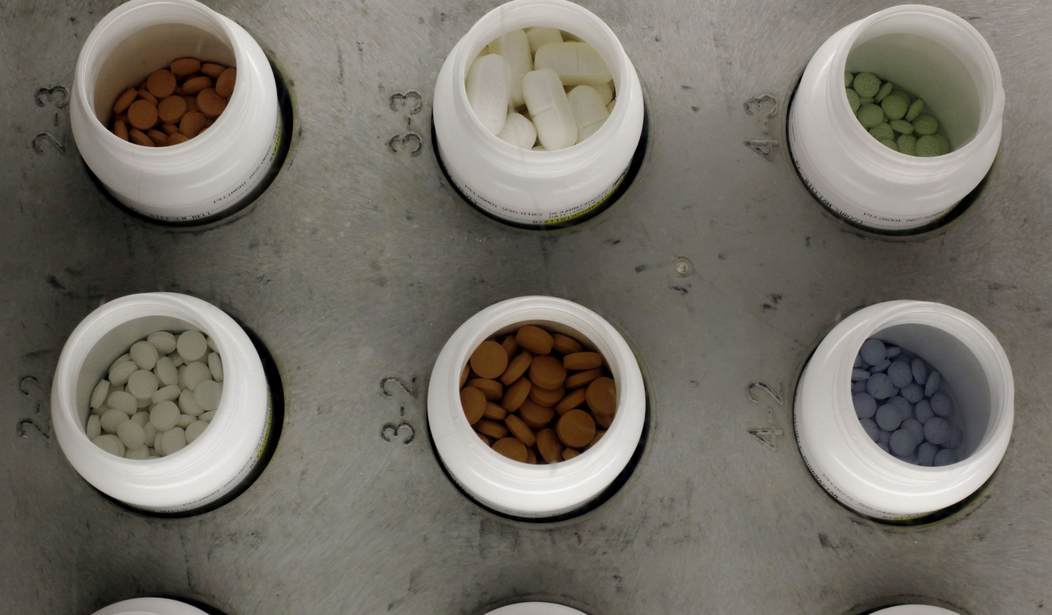It’s no secret that inflation has been running rampant for the past year and prices are up on all manner of things. Over the holidays, much of the focus was on food prices for family gatherings and everyone has seen gas prices driving steadily upward. But starting this month, there is another area where many people will see a bigger bite being taken out of their wallets. Each January there is a surge in the prices of prescription drugs. This tends to hit the elderly most frequently, though people of all ages experiencing medical issues can feel the pinch. As Axios reported recently, it’s the uninsured who are frequently hit the hardest for some complicated reasons that relate to how the pharmaceutical industry operates.
Drug companies raised the prices on hundreds of medications on Jan. 1, with most prices up 5% to 6% on average.
Why it matters: The start of the new year is the most popular time for drug companies to hike prices, and even though high drug prices remain one of the biggest political health care issues, increases in 2022 are tracking in line with other recent years.
By the numbers: Pharmaceutical companies increased prices on 460 drugs on Jan. 1, according to drug prices monitored by research firm 46brooklyn.
Here are some of the popular drugs that already saw a significant price hike at the beginning of the year:
- Gilead’s HIV drugs Biktarvy and Descovy, up 5.6%
- Pfizer’s breast cancer drug Ibrance, up 6.9%
- Purdue’s OxyContin, of opioid crisis fame, up 5%
- Vertex’s cystic fibrosis drug Trikafta, up 4.9%
As Axios points out, these are increases on the list price of these drugs. Not everyone pays list price thanks to discounts and other benefits negotiated by pharmacies and health care providers. But most uninsured people still have to pay the list price, so it remains a significant problem. Also, most insurance plans’ deductibles and coinsurance rates are based on the list price, not the negotiated benefit price, so everyone still gets hit to some degree.
Other Big Pharma entities haven’t announced their price increases yet, but they are certainly on the way. One of these is AbbVie’s widely prescribed drug Humira (Adalimumab). It’s used to treat everything from arthritis and plaque psoriasis to Crohn’s disease. The price of Humira goes up virtually every year and it’s risen 470% in the past 18 years. In a move clearly designed to generate more revenue, the company recently announced that they will be restricting discounts on their pharmaceutical products, including Humira. At this point, the only way that patients can generally access those discounts is either through discount programs such as GoodRx or the 340B drug discount program. 340B is heavily relied on by many patients, particularly those in rural areas with fewer healthcare options available. (And there are some in our government who are trying to get rid of the program.)
So what, if anything, can the Biden administration do to combat this very specific form of inflation that already hits people dealing with vexing medical issues and significant medical bills the hardest? There are some minor fixes suggested in the Build Back Better Act, but they aren’t comprehensive. Also, the bill is currently dead in the water so it might not matter anyway. Some solutions have been put on the table, such as opening more opportunities for group discounts when the government negotiates to purchase pharmaceuticals in large volumes. I’m not well enough versed in this topic to declare what the best path forward is, but the question of rising prescription drug prices was one that Joe Biden ran on in 2020. He wanted the job and now he has it, so it’s time to deliver the goods.








Join the conversation as a VIP Member